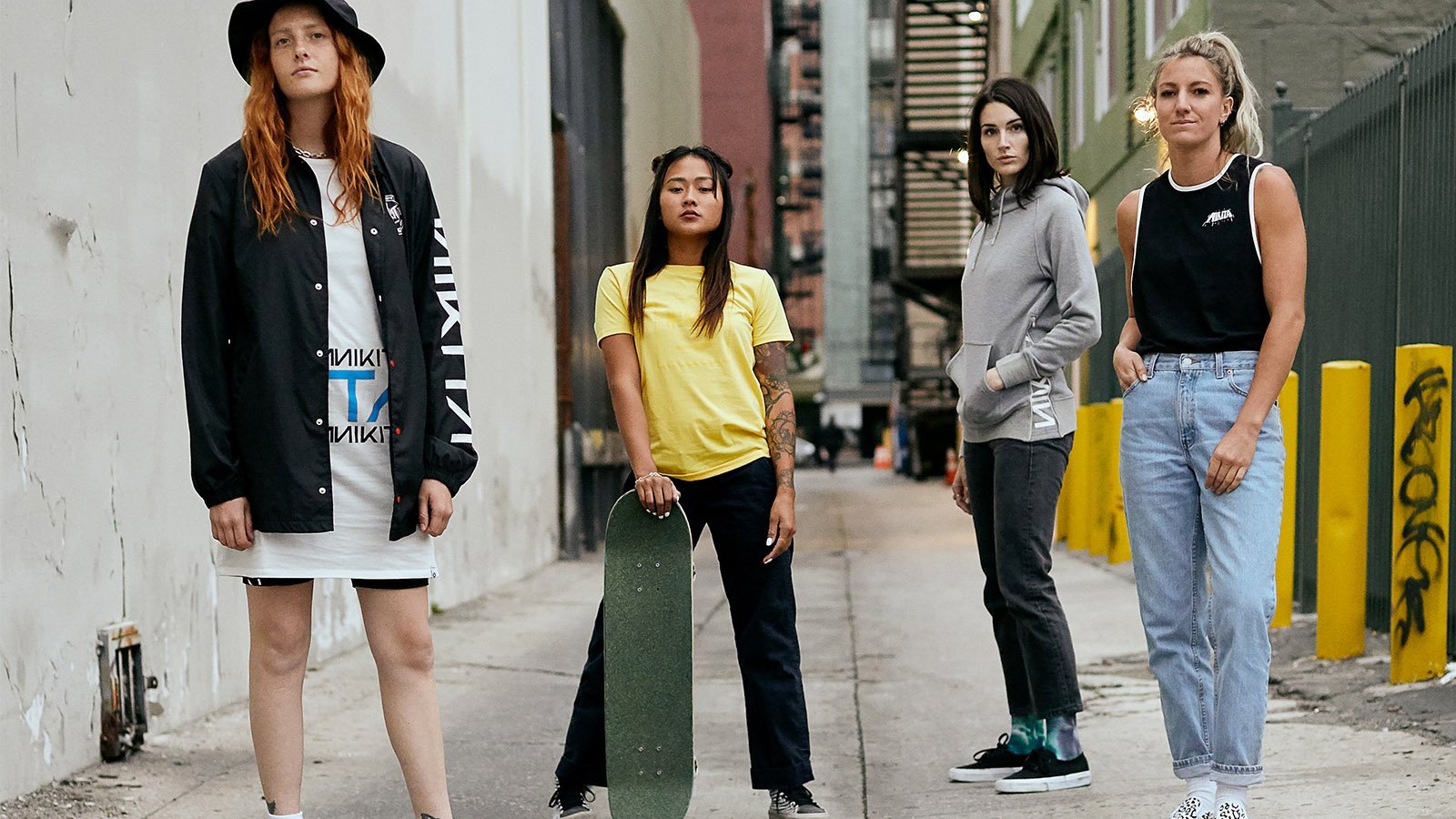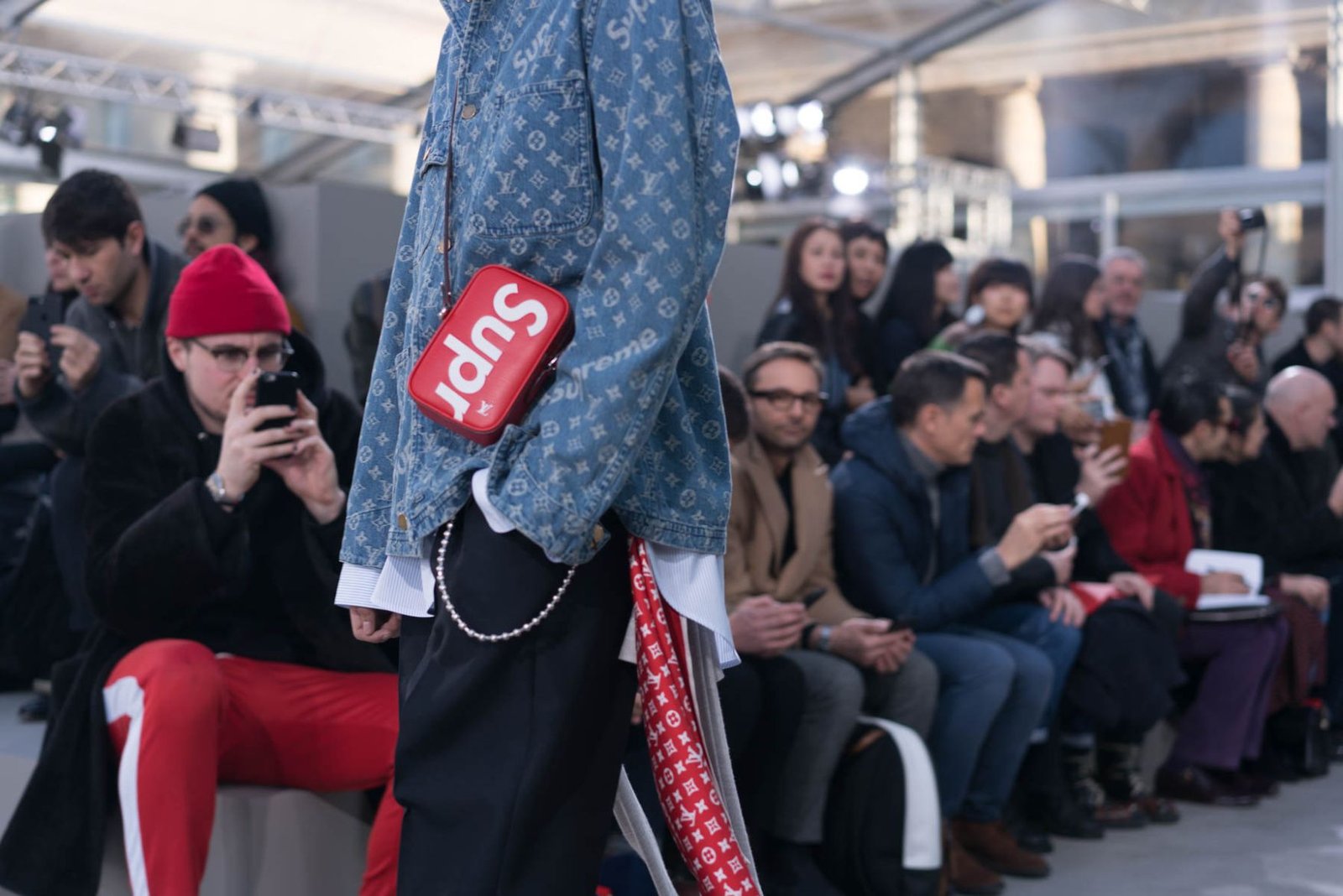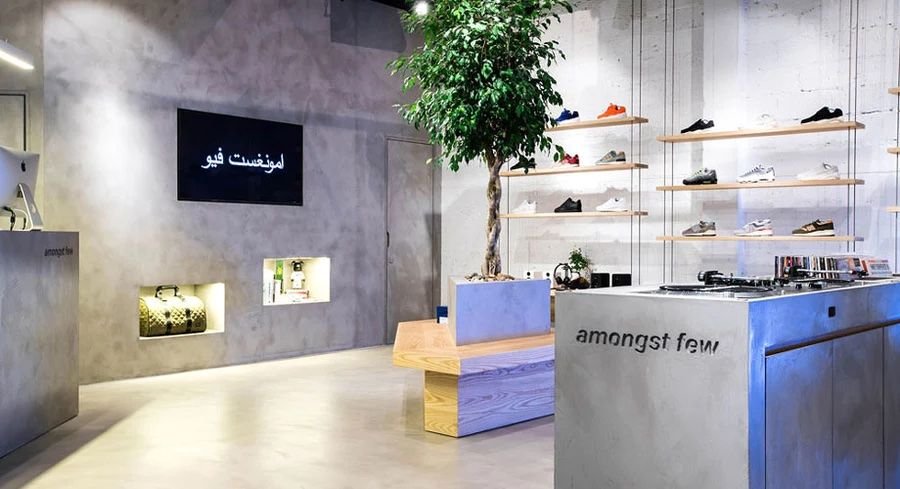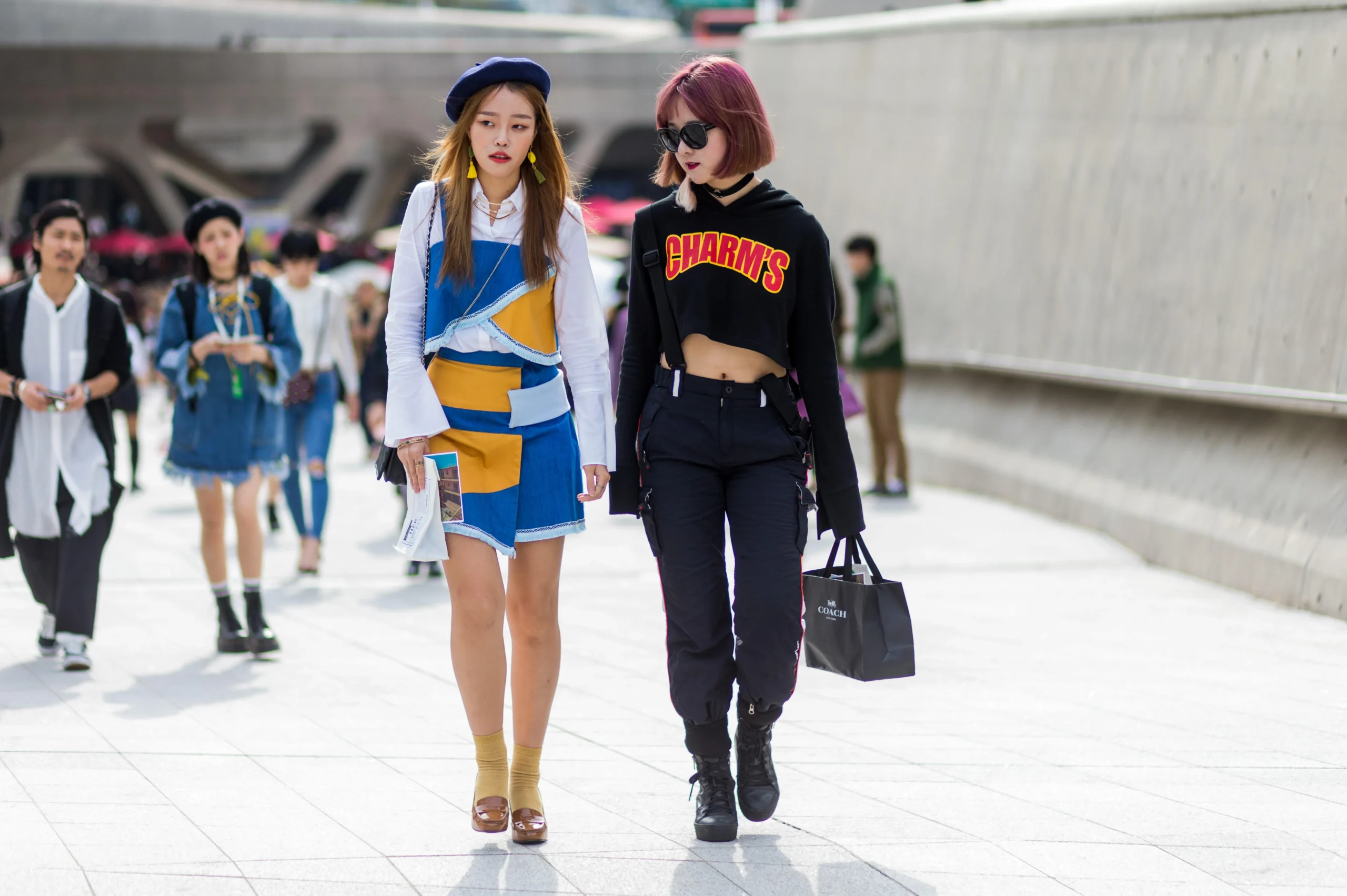Hey, remember that time you rocked a baggy hoodie and scuffed-up sneakers to a concert, feeling like you owned the night? That’s streetwear at its core—raw, unfiltered, and screaming “this is me.” I’ve been chasing that vibe since my teens in the ’90s, queuing up at sketchy skate shops in LA for drops that sold out before I could blink. Streetwear isn’t just clothes; it’s a story of rebellion, culture clashes, and quiet revolutions stitched into every graphic tee. Over the decades, it’s morphed from underground whispers to a global roar, influencing everything from runways to resale apps. Let’s dive into how this urban alchemy happened, one era at a time.
Origins of Streetwear: Born in the Streets
Picture the gritty alleys of 1970s New York and sun-soaked beaches of California—that’s where streetwear first sparked. It bubbled up from hip-hop’s raw energy in the Bronx, where kids mixed oversized athletic gear with DIY flair to claim their space amid economic grit. Across the country, surfers and skaters layered practical boardshorts and tees with punk’s defiant edge, turning function into fashion.
This fusion wasn’t accidental; it was survival. Hip-hop pioneers like Grandmaster Flash wore Adidas tracksuits not for show, but because they moved with the beat—loose, loud, and unapologetic. Meanwhile, Shawn Stüssy scribbled his signature on surfboards in Laguna Beach, birthing a brand that screamed individuality. By the early ’80s, these threads weren’t just worn; they were worn as armor against a world that overlooked youth culture.
What hits me hardest is how personal it felt back then. I scored my first Stüssy tee from a flea market swap—faded signature and all—and it felt like holding a piece of that wild spirit. Streetwear started as a middle finger to high fashion’s stuffiness, proving you could look cool without a trust fund.
Hip-Hop’s Early Grip on the Style
Hip-hop didn’t just influence streetwear; it birthed its soul in the late ’70s. Artists layered Kangol caps with shell-toe Adidas, turning everyday gear into statements of pride and protest. Run-D.M.C.’s 1986 track “My Adidas” sealed the deal, boosting sneaker sales sky-high and blending music with mode.
This era’s oversized silhouettes—baggy jeans slung low, tees big enough for two—mirrored the genre’s expansive sound. It was about visibility in invisibility, claiming power through what you wore. Brands like FUBU soon followed, screaming “For Us, By Us” on every label.
I chuckle thinking of my awkward phase trying to mimic LL Cool J’s Kangol tilt—ended up looking like a lopsided pizza, but damn, it built my confidence.
Skate and Surf Cultures Collide
Out west, skateboarding and surfing added grit and glide to the mix by the ’80s. Vans’ slip-ons gripped boards while Stüssy’s wave-inspired graphics hit the streets. These weren’t fragile frocks; they were built for wipeouts and all-nighters, with reinforced seams and breathable fabrics.
The DIY ethos shone through—custom tags, hand-painted logos—making every piece a canvas. Powell Peralta’s skate videos spread the gospel, turning halfpipes into fashion labs.
One wipeout too many taught me: streetwear’s toughness isn’t just hype; it’s the quiet hero in every fall and comeback.
The 1980s Boom: Hype Meets Mainstream
The ’80s cranked streetwear’s volume to eleven, as MTV and mixtapes catapulted subcultures into spotlights. Nike’s Air Jordan 1 dropped in ’85, banned by the NBA yet selling out—Michael Jordan’s silhouette became a sneaker god, fusing hoops with hip-hop swagger. Brands like Adidas rode the wave, sponsoring Run-D.M.C. and etching rap into retail lore.
Limited runs emerged here, too—Stüssy shifted to scarcity, making tees trophies. Japanese DJ Hiroshi Fujiwara imported U.S. vibes to Tokyo, sparking Ura-Harajuku’s eclectic edge with oversized layers and bold prints.
It was chaotic magic. I lined up at midnight for Jordans once, heart pounding like a bass drop—missed ’em, but the thrill? Priceless. Streetwear went from fringe to fever dream, proving hype could hustle harder than any ad campaign.
Run-D.M.C. and the Sneaker Revolution
No ’80s tale skips Run-D.M.C.’s Adidas love letter. Their shell-toes, unlaced and raw, symbolized breaking chains—literally. The 1986 endorsement deal? A $1 million pivot that mainstreamed street cred.
This sparked sneaker culture’s fire: collecting, customizing, reselling. It wasn’t vanity; it was victory laps for Black excellence in a whitewashed world.
Humor me: I once traded a mixtape for beat-up Superstars—best deal ever, until I realized the tape was scratched. Lesson learned: streetwear’s worth is in the stories it carries.
Stüssy’s Global Surf-to-Street Shift
Shawn Stüssy’s scribbles went worldwide by ’84, blending boardshorts with urban tees. His NYC flagship? A melting pot of surfers, skaters, and rappers, exporting Cali cool.
The signature logo became a badge of belonging, influencing everyone from Pharrell to global drops. It humanized fashion, reminding us roots matter more than runways.
My faded Stüssy boardshorts from that era? Still in rotation. Worn knees tell better tales than any new-season hype.
1990s Golden Era: Icons and Identity
The ’90s crowned streetwear king, as grunge met gangsta rap in a whirlwind of logos and layers. Supreme opened in NYC ’94, James Jebbia’s skate shop dropping weekly “tees” that flipped scarcity into strategy. BAPE’s Nigo unleashed camo apes in Tokyo ’93, inspired by Planet of the Apes—playful yet provocative.
Tupac and Biggie draped in Timberlands and flannels, turning tragedy into timeless style. FUBU and Cross Colours empowered Black designers, hitting $350 million in sales by ’98.
Nostalgia hits hard here. I blasted “California Love” in oversized Phat Farm jeans, feeling invincible. The ’90s taught streetwear: identity isn’t inherited; it’s engineered, one stitch at a time.
Supreme’s Rise from Skate Shop to Legend
Supreme’s red box logo? Born in ’94 NYC, a haven for skaters dodging cops. Weekly drops built frenzy—tees with Damien Hirst spots sold souls for hype.
It democratized exclusivity, from $20 basics to resale gold. Jebbia’s no-ad rule? Genius—word-of-mouth wove the myth.
I camped overnight for a box logo once—froze my butt off, scored it, wore it threadbare. Pure joy in the grind.
BAPE and Japanese Streetwear Explosion
Nigo’s BAPE brought Tokyo’s twist: shark hoodies, ape motifs, limited to feverish fans. Ura-Harajuku’s mix of American imports and local flair birthed “guerrilla stores”—pop-ups defying norms.
Collaborations with Pharrell’s BBC amplified it, blending East-West cool. BAPE’s camo? Ubiquitous now, but revolutionary then.
Giggling at my bootleg shark hoodie phase—looked like a deranged mascot, but owned the absurdity.
2000s: Bling, Blogs, and Boundaries Blurred
Y2K streetwear glittered with bling—Gucci belts over baggy jeans, as Jay-Z and 50 Cent flashed luxury logs. Palace skateboarded in ’13 (late but fierce), while blogs like Hypebeast dissected drops, birthing “hypebeast” slang.
Sustainability peeked in—Patagonia reps went urban. Pharrell’s BBC with Nigo fused street with stars, hitting $100 million vibes.
The aughts were my awakening: traded club fits for cargos, discovered resale’s rush. Streetwear scaled up, but kept its soul—proving evolution doesn’t erase edges.
The Bling Era’s Luxury Influx
Bling hit peak with iced-out chains and velour tracksuits. Dapper Dan’s Harlem atelier bootlegged LV for rappers, prefiguring collabs.
Gucci’s Tom Ford era? Streetwear’s gateway drug to high-end. It was excess as empowerment—flashing success in a system stacked against you.
I splurged on a fake Rolex once—ticked for a week, then died. Real lesson: authenticity over allure.
Blogs and the Birth of Hype Culture
Hypebeast launched ’05, turning drops into digital diaries. Resale sites like StockX followed, flipping tees for thousands.
This democratized access but sparked gatekeeping debates—who’s “in” enough? Social media amplified it, making every kid a critic.
My first blog scroll? Obsessed. It connected me to global crews, turning solo hunts into shared sagas.
2010s: Collabs, Culture, and Couture Crossovers
The teens exploded with collabs—Supreme x LV in ’17 crashed sites, Virgil Abloh’s Off-White quoted ’90s icons on zip ties. Kith’s Ronnie Fieg blended sneakers with lifestyle, while A$AP Rocky’s AWGE pushed Harlem heat.
Sustainability surged: Stella McCartney’s Adidas lines went green. TikTok influencers like @wuzg00d layered tomboy chic, diversifying the scene.
Heartache and hype defined it—Abloh’s passing in ’21? A gut punch, but his legacy lingers. I wore Off-White to his tribute show, tears mixing with threads.
Supreme x Louis Vuitton: The Ultimate Mashup
’17’s Supreme-LV drop? Monogram boxes on trunks—street met luxury, resale hit $5K per tee.
It validated streetwear’s clout, but critics cried sellout. For fans? Vindication—our world on Paris catwalks.
Lined up at 3 a.m., scored a wallet—still my lucky charm. Moments like that? Priceless poetry.
Virgil Abloh’s Off-White Revolution
Abloh’s ’13 launch quoted barriers: “Because of…” tags on hems. Pyrex Vision roots? Pure street poetry.
He bridged Kanye to couture, influencing Balenciaga’s Demna. Off-White? Not clothes—conversations.
His battle with cancer? Taught grace under fire. I interviewed a fan once; their story echoed mine—streetwear heals.
Streetwear in 2025: Sustainable, Global, and Unstoppable
Fast-forward to now: streetwear’s a $200B beast, per Statista, with eco-fabrics in 40% of drops. Brands like Aimé Leon Dore nod to ’90s nostalgia with ethical twists, while Corteiz’s London drops build cults via apps.
Influencers like Kylie Jenner viralize monochromatic fits, K-pop’s BTS amps Asian flair. Resale’s king—GOAT and StockX thrive on circular style.
In 2025, it’s personal again. My closet? Half thrifted, half drops—balance in the blend. Streetwear’s future? Inclusive, innovative, eternally street-smart.
Top Trends Shaping Today’s Scene
- Oversized Athleisure: Blends ’90s baggy with tech fabrics—think Fear of God Essentials hoodies.
- Graphic Revival: Graffiti nods to origins, but with AR prints for digital drops.
- Gender-Fluid Layers: No binaries; Palace’s unisex cargos rule.
These keep it fresh, echoing roots while racing forward. I layered a vintage tee under a new Patagonia shell last week—timeless tension.
Best Streetwear Brands to Watch in 2025
Here’s a quick table of must-knows—timeless picks with where-to-buy ease:
| Brand | Why It Rules | Key Piece (2025) | Where to Buy |
|---|---|---|---|
| Supreme | Hype drops, skate legacy | Box Logo Tee | Supreme.com, resale on StockX |
| Stüssy | Surf-street fusion | Signature Hoodie | Stussy.com, END Clothing |
| Off-White | Cultural quotes, luxury edge | Zip-Tie Belt | Farfetch, Off-White.com |
| Aimé Leon Dore | Nostalgic NYC cool | Wool Varsity Jacket | AimeLeonDore.com, SSENSE |
| Palace | London skate irreverence | Tri-Ferg Hoodie | Palace Skateboards, GOAT |
| BAPE | Ape camo icon | Shark Full-Zip | BathingApe.com, Kith |
| Kith | Lifestyle with collabs | Ronnie Fieg Sneakers | Kith.com, Nike SNKRS |
| Fear of God | Elevated minimalism | 101 Sweatpant | FearofGod.com, Nordstrom |
These aren’t just labels—they’re lifelines to the culture.
Comparisons: Streetwear Eras Side-by-Side
To grasp the glow-up, check this era showdown:
| Era | Core Influences | Iconic Brands/Figures | Style Hallmarks | Cultural Impact |
|---|---|---|---|---|
| 1970s-80s | Hip-hop, skate/surf | Run-D.M.C., Stüssy | Oversized tees, shell-toes | Subculture rebellion, sneaker birth |
| 1990s | Gangsta rap, grunge | Supreme, Tupac | Baggy jeans, graphic logs | Identity empowerment, global spread |
| 2000s | Bling, blogs | Pharrell, Hypebeast | Velour tracks, iced chains | Hype economy, digital discourse |
| 2010s | Collabs, social | Abloh, A$AP Rocky | Zip-tie quotes, gender-fluid | Couture crossover, inclusivity |
| 2025 | Sustainability, AR | Corteiz, BTS | Eco-layers, viral graphics | Circular resale, global fusion |
See the thread? Each builds on the last, weaving wider webs.
Pros and Cons of Streetwear’s Evolution
Pros:
- Inclusivity Boost: Gender-neutral fits welcome all—my non-binary pal slays in unisex cargos.
- Cultural Amplifier: Spotlights POC creators, from FUBU to KidSuper.
- Sustainability Shift: Recycled drops cut waste; Patagonia’s urban line? Game-changer.
- Community Glue: Drops foster tribes—online queues feel like block parties.
Cons:
- Hype Overload: Resale gouges prices; a $50 tee flips for $500—ouch.
- Fast-Fashion Flood: Dupes dilute authenticity; Zara’s “street” racks? Meh.
- Gatekeeping Gripes: “True fans only” vibes alienate newbies.
- Eco-Hypocrisy: Some “green” claims greenwash—always check labels.
It’s a double-edged blade, but the pros keep me hooked.
People Also Ask: Streetwear Edition
Pulled straight from Google’s curiosity corner—these hit the informational sweet spot.
What is streetwear, exactly?
Streetwear’s casual, urban armor: hoodies, sneakers, graphics that nod to hip-hop, skate, and surf roots. It’s not a trend—it’s a mindset, blending comfort with cultural commentary. Think Pharrell in BAPE camo: effortless edge.
Who invented streetwear?
No single “eureka”—it’s a collab of ’70s Bronx breakers, Cali surfers, and Tokyo DJs. Shawn Stüssy gets OG cred for signing boards into tees, but hip-hop crews like Run-D.M.C. laced it with soul.
How has streetwear influenced high fashion?
It flipped the script: Supreme’s LV tie-up ’17 put logos on luxury trunks. Designers like Demna at Balenciaga oversized hoodies for Paris; now, runways ape streets, proving rebellion rents for billions.
When did streetwear become mainstream?
’90s drop cemented it—Supreme’s weekly rites, BAPE’s ape frenzy. By 2010s collabs, it was everywhere: Kanye in Yeezys, A$AP in AWGE. Today? $200B market, per Statista.
Why is streetwear so expensive?
Scarcity sorcery: limited drops build FOMO, resale inflates. A $100 tee? Cultural cachet, not cotton. Pro tip: Thrift for gems—sustainable and sly.
Where to Get Streetwear Staples in 2025
Navigational nudge: Hunting pieces? Start online for ease—Kith.com for collabs, ENDclothing.com for globals. Pop-ins like Supreme’s NYC flagship? Ritual magic. Transactional twist: Best tools? StockX for resale radar, GOAT app for sneaker scans. Local? NYC’s Kith or LA’s Bodega hide treasures. Budget hack: Depop for vintage vibes under $50.
FAQ: Your Streetwear History Queries Answered
Q: What’s the most iconic streetwear collab ever?
A: Supreme x Louis Vuitton, hands down—’17’s monogram mashup sold out in minutes, resold for fortunes. It bridged worlds, proving street cred trumps couture snobbery. (Link: Supreme’s Archive)
Q: How did hip-hop shape streetwear’s look?
A: From Run-D.M.C.’s unlaced Adidas to Biggie’s Timberlands, it oversized everything for movement and message. Baggy = bold, turning gear into anthems. External nod: Check Run-D.M.C.’s Adidas Story.
Q: Is vintage streetwear worth the hunt?
A: Absolutely—’90s Stüssy holds stories and patina no new drop matches. Pros: Unique, eco-smart. Cons: Fakes lurk. Start at Etsy or VintageFolk.com; I snagged a ’85 tee for $30—feels like time travel.
Q: Will streetwear ever fade?
A: Nah—it’s adaptive DNA. From ’70s roots to 2025’s AR prints, it evolves with culture. Virgil Abloh said it’d “die,” but nah; it’s immortal, like jazz in jeans.
Q: Best beginner streetwear brands?
A: Stüssy for classics, Aimé Leon Dore for elevated ease. Grab a hoodie from each—layer ’em, live ’em. Internal link: See our 2025 Brand Table above.
Whew, what a ride—from Bronx blocks to global gloss. Streetwear’s etched in my scars and stories, a reminder: fashion’s fiercest when it’s fiercely you. What’s your first drop memory? Drop it below—let’s keep the convo stitching.



